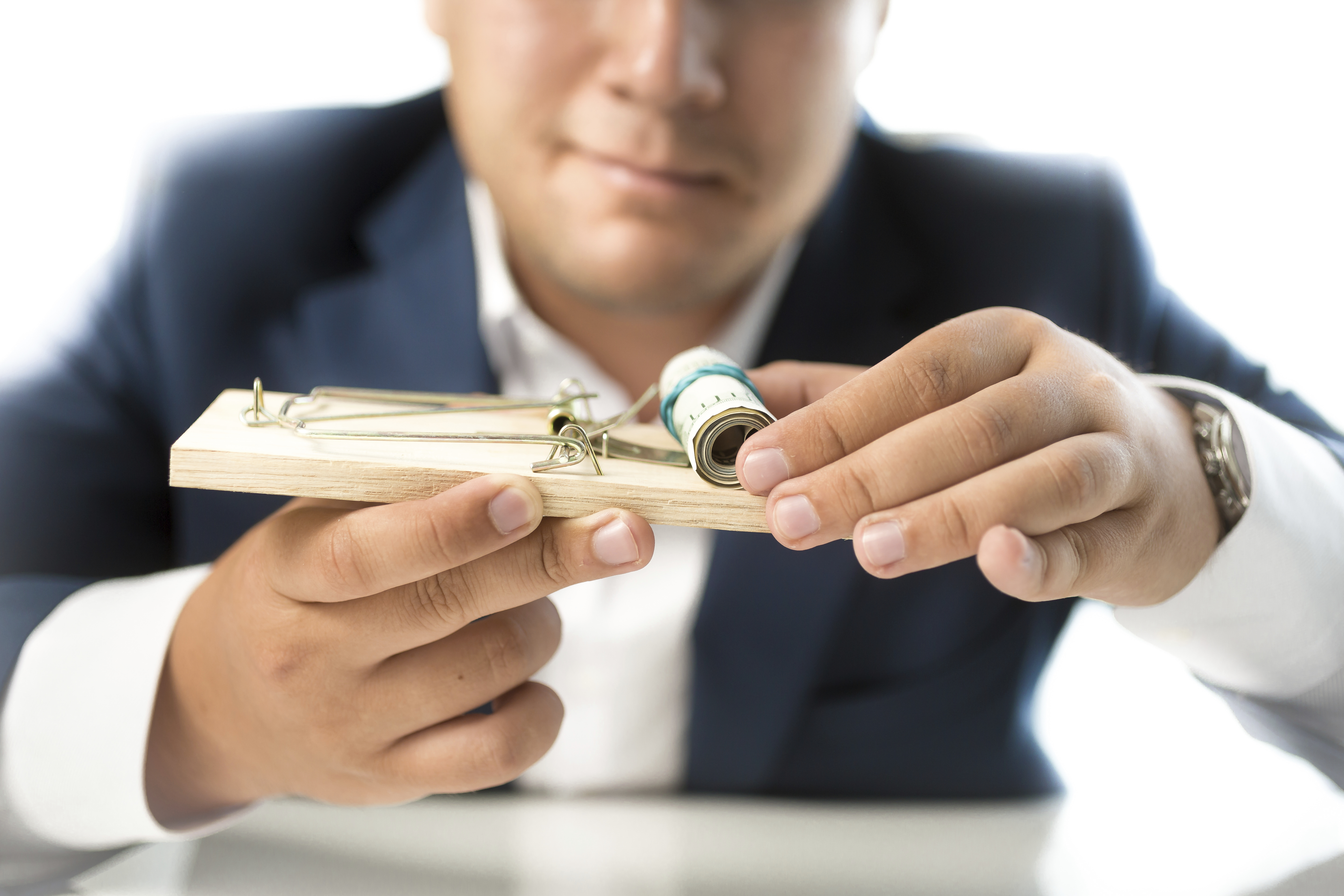I’ve written a lot about the Depuy ASR Hip System on this site. And there are good reasons for that. First, I have represented many clients who suffered from failed Depuy ASR hip components, so I’ve spent a lot of time in the Depuy ASR MDL. Second, the Depuy ASR hip failures have generated thousands of lawsuits across the country, more than other artificial hip products. The last I checked, filed cases involving the Depuy ASR hip system exceeded 10,000, so the ASR claims are far and away the biggest source of litigation among the artificial hip manufacturers.
Nevertheless, other artificial hips have been failing. Depuy Orthopaedics manufactures and sells the Depuy Pinnacle Cup System. Thousands of lawsuits have been filed against Depuy and Johnson & Johnson related to the Depuy Pinnacle hip, although so far, Depuy is defending the Pinnacle Hip aggressively and recently won a jury trial involving a woman who claimed she was injured by the Pinnacle.
 North Carolina Product Liability Lawyer Blog
North Carolina Product Liability Lawyer Blog









